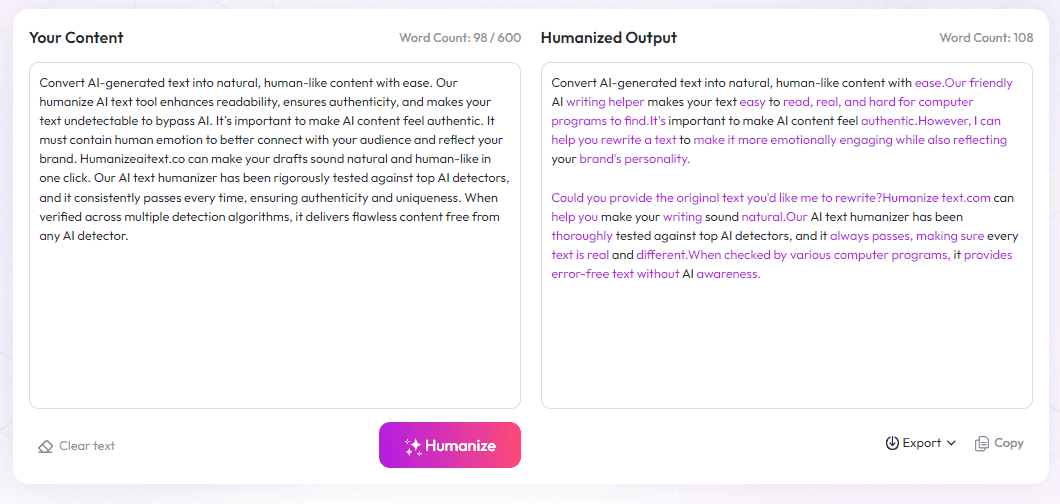Table of Contents
If teaching kids to love reading feels like an uphill climb, you're not alone. Many educators wonder how to get young readers excited and engaged in a world full of distractions. Stick around—there are ways to turn reading from a chore into a joy that keeps students coming back for more.
By exploring simple strategies like active reading, rewards, tech tools, and social activities, you'll discover how to boost enthusiasm and confidence in your learners. Keep reading, and you'll find practical ideas that make building strong readers both fun and achievable.
In the next few minutes, I’ll walk you through effective programs that support all readers, especially those who struggle, while making reading a rewarding adventure for everyone.
Key Takeaways
Key Takeaways
- Using active reading techniques like partner reading, choral reading, and scaffolded tasks helps engage students and build reading confidence, especially for struggling learners.
- Rewards such as stickers, tokens, and public praise motivate kids and turn reading into a fun challenge, encouraging persistence and effort.
- Technology tools like reading apps, virtual book clubs, and progress trackers make reading more interactive, personal, and appealing to students.
- Social activities like book clubs, reading groups, and community events create a shared love for reading and make it a social, enjoyable experience.
- Providing extra support through multisensory programs and personalized resources helps struggling readers improve and stay motivated.
- Tracking engagement with data helps identify effective strategies, allowing you to adjust activities and set achievable goals for student growth.
- Involving parents and community supports reading at home through tips, events, and access to books, reinforcing a reading culture beyond school.
- Cultivating a school environment that celebrates books, hosts events, and displays student work makes reading fun and relevant for all students.
- Addressing barriers like limited access and low confidence ensures more students can participate and develop a love for reading.
- Allowing students to choose their own books and explore different formats builds ownership and enthusiasm for reading, making it a personal journey.

1. Use Active Reading Strategies to Engage Learners
Active reading strategies are essential tools to make reading fun and interactive, especially when dealing with students who find reading challenging. Incorporate methods like cloze reading, where students fill in missing words, or echo and choral reading, which involve reading aloud together to build confidence.
Partner and duet reading encourage peer collaboration, allowing students to support one another, while whisper reading offers a quiet, focused approach to developing fluency. These techniques not only improve comprehension but also create a lively classroom environment.
Focusing on scaffolding helps struggling readers by breaking texts into manageable sections and gradually increasing difficulty. Peer support is another effective tactic—pairing stronger readers with those needing extra help fosters a sense of community and shared learning.
When implementing these strategies, consider creating a routine that includes different active methods, so students stay engaged and motivated. For example, start with a choral read, then switch to partner reading, followed by a whisper session for a quick fluency boost.
Remember, combining these methods with positive reinforcement encourages continual growth. Praising effort and progress makes students more willing to participate, boosting their motivation over time.
2. Motivate Readers Through Rewards and Recognition
Offering small incentives can reignite a love for reading among students. Think stickers, tokens, or points that students can earn by hitting certain reading milestones. These little rewards turn reading from a chore into a fun challenge.
Innovative tools like Book Vending Machines add an element of surprise—students exchange tokens for books, making each reward exciting and tangible. Public recognition, such as certificates or shout-outs during class, also helps students feel proud of their progress.
Celebrate effort as much as achievement. Highlighting small wins keeps motivation high, especially for students who struggle with reading. It creates an atmosphere that values persistence and improvement.
3. Incorporate Technology to Boost Reader Involvement
Using technology makes reading more interactive and appealing, especially to digital-native learners. Reading apps and platforms that track progress help students see their growth over time, which can be incredibly motivating.
For example, Beanstack offers reading challenges and goal monitoring, turning what might seem like a chore into a game. Interactive features like quizzes, multimedia books, and virtual book clubs foster engagement and social learning.
Integrate these tools into your routine to give students control over their reading journey, while teachers can use data to identify who needs extra support or encouragement. This way, technology becomes a personalized assistant in promoting regular reading habits.
4. Create Social and Project-Based Reading Activities
Social activities like book clubs, literature circles, and reading groups turn reading into a shared experience. Students discuss books, share ideas, and build a community of readers, which naturally boosts engagement.
Hosting events like Read-a-Thons or community book days further immerses students in the joys of reading beyond the classroom. These gatherings make reading a celebration, not a chore.
Connecting reading to real-life projects, such as creating book-inspired art or developing a community story, adds purpose. When students see how books relate to their world, their interest deepens, and they develop critical thinking skills.
5. Provide Support for Struggling Readers
Targeted programs like the Orton-Gillingham approach use multisensory activities to help students decode words and improve fluency. These methods make reading accessible and less intimidating.
Self-paced options like Read Live allow students to practice at their own speed, building confidence without pressure.
Adapting programs to meet individual needs—whether through personalized reading levels, audio books, or multisensory activities—fosters a sense of achievement and keeps motivation from slipping away.
Building a reading environment where everyone feels supported is vital. Recognizing progress and providing consistent encouragement helps develop lifelong readers, even for those facing challenges.

6. Use Data and Metrics to Track and Improve Reading Programs
Keeping an eye on real-time engagement metrics like scroll depth, time spent on pages, and recirculation numbers helps you understand what actually works.
Regularly analyzing data from digital tools or surveys can reveal which strategies increase reading enjoyment and frequency among different student groups.
If certain activities show low engagement, consider tweaking them or replacing them with more appealing options based on the feedback.
Setting measurable goals, such as increasing daily reading rates or average session length, gives you a clear target to aim for.
Using this data, you can personalize interventions, allocate resources more effectively, and celebrate small wins that drive continuous improvement.
7. Involve Parents and Community to Support Reading at Home
Parents play a big role in shaping kids' reading habits, so it's key to keep them involved and informed.
Share simple tips and activities, like reading together before bed or discussing books over dinner, to encourage daily reading routines.
Regular communication through newsletters or workshops can motivate parents to create a literacy-rich environment at home.
Organize family reading nights or community book swaps to make reading a social event beyond the classroom.
Partnering with local libraries or community centers can expand access to books and reading programs, especially for students from less privileged backgrounds.
8. Create a Culture That Celebrates Reading and Books
Fostering a school culture where reading is seen as a normal, enjoyable activity is vital for lifelong literacy.
Display student book reviews, host author visits, or run reading-themed events to make books and reading fun and relevant.
Incorporate literacy celebrations into school calendars, like National Book Week, to highlight the importance of reading.
Encourage teachers to share their favorite books and reading experiences, making it okay for students to do the same.
Offering a diverse and inclusive library that reflects students' interests increases their chances of finding books they connect with.
9. Address Barriers to Reading, Including Access and Motivation
Many students face obstacles that prevent them from reading regularly, whether it's lack of access to books or low confidence.
Providing free or low-cost books through school libraries or partnerships ensures that everyone has books readily available.
Creating a non-judgmental environment where students feel safe to take risks and make mistakes builds their confidence.
Using reading material that appeals to students’ interests and cultural backgrounds helps increase motivation.
Interventions like reading mentors or buddy systems can boost motivation and provide personalized support.
10. Foster a Love of Reading Through Personalization and Choice
Giving students some control over what they read encourages autonomy and makes reading less of a chore.
Offering a wide range of genres, topics, and formats—including graphic novels, audiobooks, and e-books—caters to diverse preferences.
Letting students select their own books for projects or reading challenges can spark more enthusiasm.
Creating personalized reading lists and goals based on individual interests keeps learners engaged and motivated.
Tools like literacy apps or online catalogs can help students explore new books and discover their favorites on their own.
FAQs
Strategies like cloze reading, echo & choral reading, partner reading, and whisper reading help students actively engage with texts and improve comprehension while making reading sessions interactive and enjoyable.
Using incentives like stickers, tokens, and book vending machines encourages students to reach reading goals, while recognizing effort ensures they stay motivated and develop a positive attitude toward reading.
Reading apps and platforms that track progress make learning interactive and personal, helping students stay motivated by setting goals and enjoying gamified reading experiences through tools like Beanstack.
Book clubs, literature circles, reading events, and community projects connect reading to social interactions and real-world issues, making reading more meaningful and fostering a love for books.



